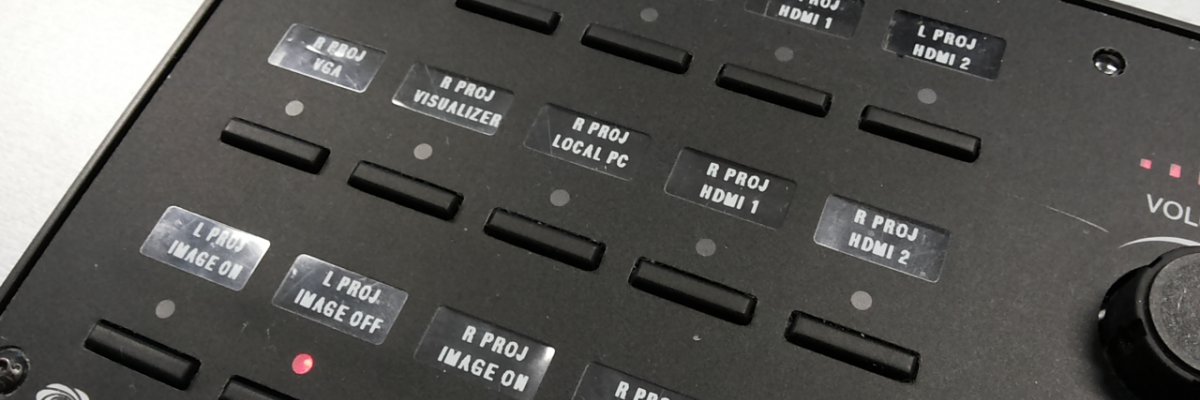How to bridge the gap between the problem space and design space?
One-Minute Summaries and Questions
Leveraging Mental Models in UX Design Wed Nov 4th 11:59pm PST
Don Norman’s Principles of Interaction Design Wed Nov 4th 11:59pm PST
Not Just Pretty: Building Emotion Into Your Websites Wed Nov 4th 11:59pm PST
Weekly Quiz
Week 9 Review Quiz Fri Nov 6th 11:59pm PST
Required Readings
Leveraging Mental Models in UX Design (15 minute read)
Don Norman’s Principles of Interaction Design (8 minute read)
Not Just Pretty: Building Emotion Into Your Websites (15 minute read)
BlackBoard Collaborate Session Slides
Conceptual Models — Mini-lectures and Activities | PDF | Recording (Look in Hamburger menu)
Week 9 Review and Discussion | PDF | Recording (Look in Hamburger menu)
Supplemental Materials
Mind the gap, user centered design in large organizations with Luke Wroblewski
Supplemental Readings
Cognitive Psychology
The branch of psychology that studies mental processes including how people think, perceive, remember and learn.
- 4 psychology principles every UX/UI designer should know
- Cognitive Styles: Get inside the user's head
- Designing for Human Memory
- Improving Usability with Fitts's Law
- Reducing Cognitive Overload For A Better User Experience
- Reducing Reliance on Superstition
- The Pareto Principle and Your User Experience Work
- The Psychologist's View of UX Design
- The psychology in UX design
- UX psychology principles: seven important questions
Conceptual Model
Conceptual models involve three views of a system; the user's mental model, the designer's model, and the system image.
- Affordances Design
- Human Centered Design & The 6 Fundamental Principles of Interaction Between Products and Users
- IBM Design: The three models - User
- Idioms vs Metaphors in the digital world
- The 6 design principles of Don Norman
- The Secret to Designing an Intuitive UX: Match the Mental Model to the Conceptual Model
Emotional Design
Creating experiences that are emotional appealing to people.
- Design for Emotion: Expert Tips by Aarron Walter
- Design for Emotions: Experiences & Interfaces
- Design for Emotion and Flow
- Designing Fun
- In Defense of Eye Candy
- Not Just Pretty: Building Emotion Into Your Websites
- The Art of Emotion — Norman’s 3 Levels of Emotional Design
- The dangers of delightful design
Inclusive Design
The design of products and services that consider the full range of peoples ability, age, culture and language.

